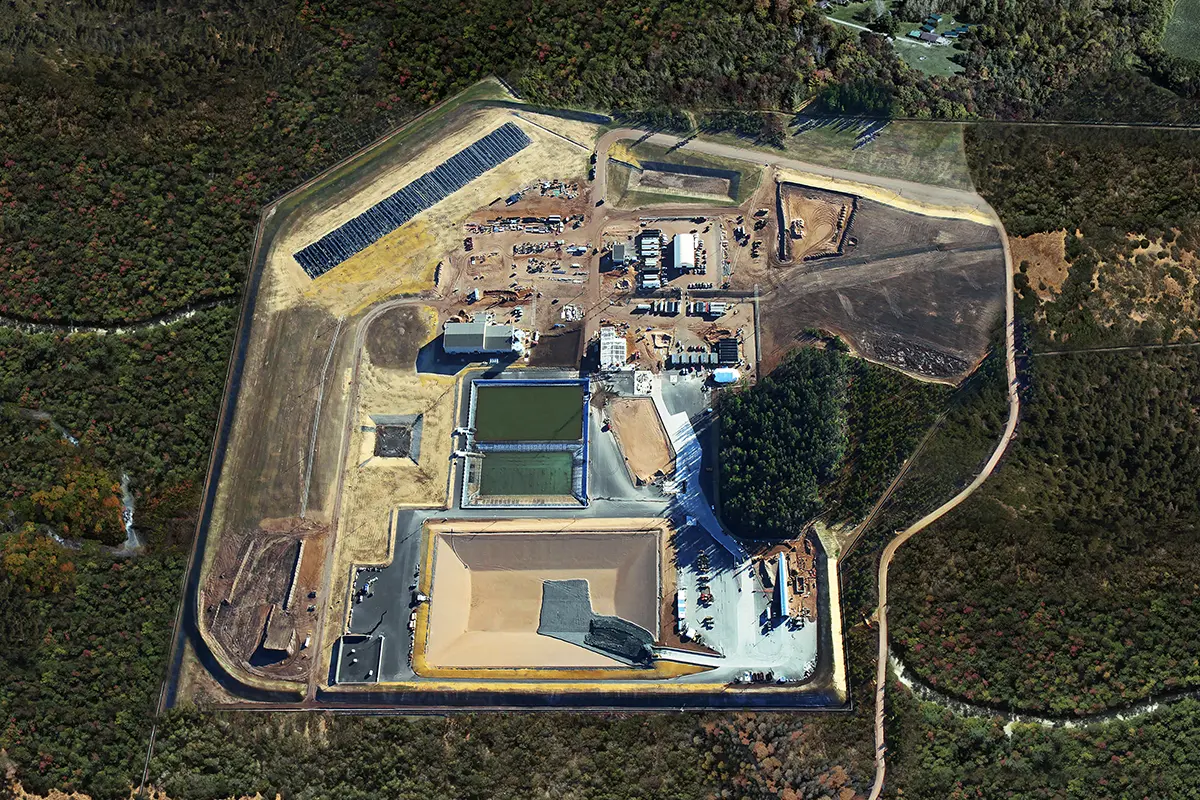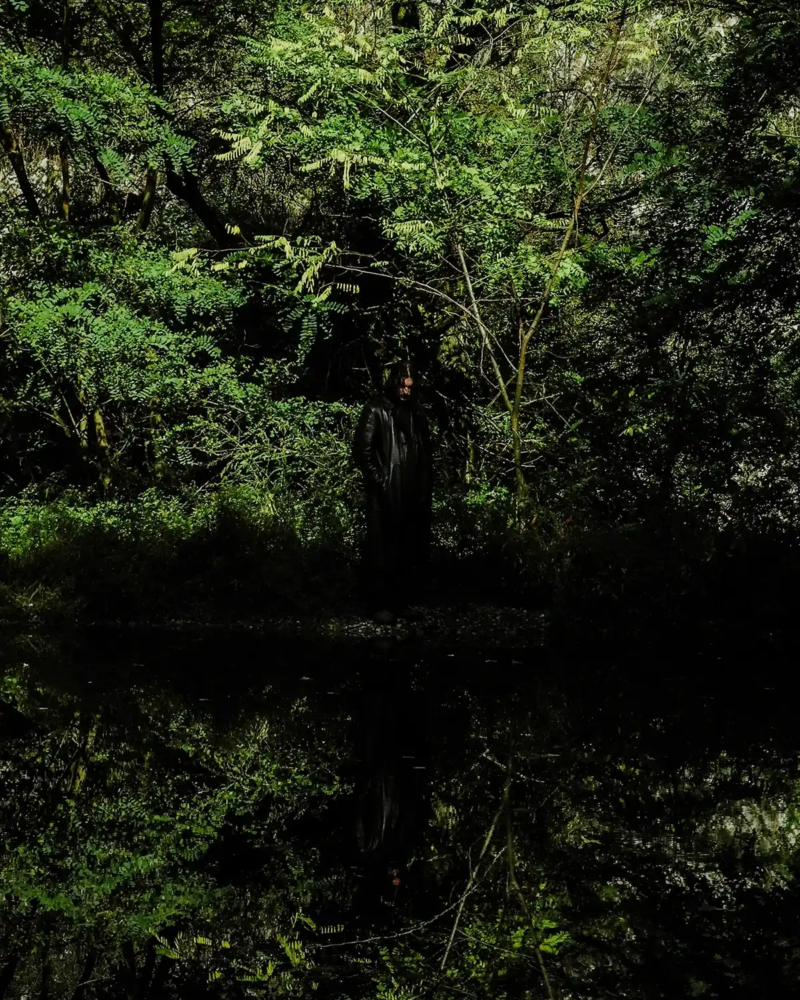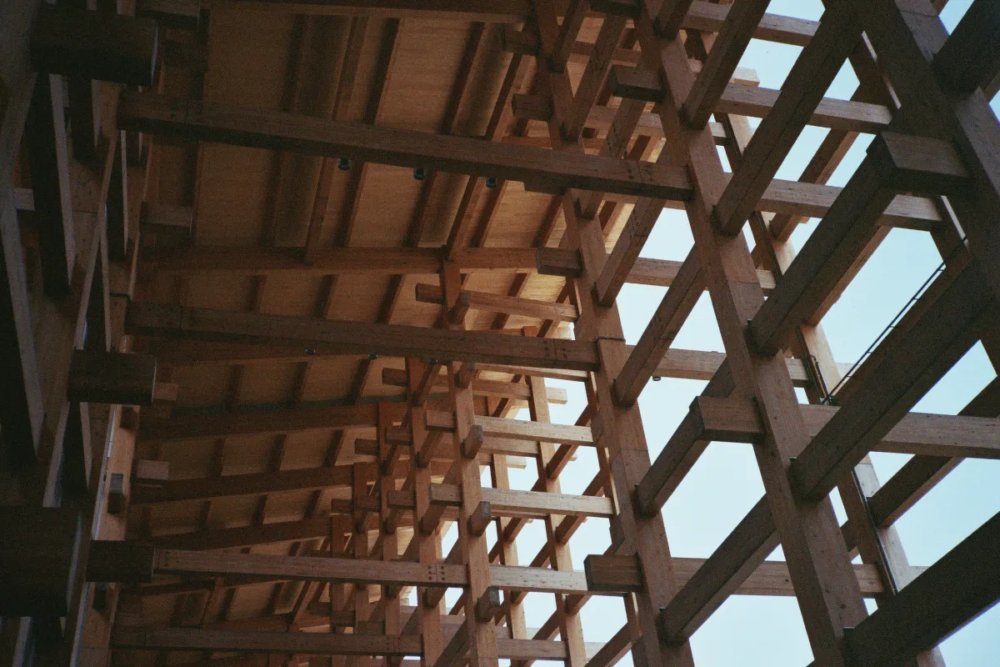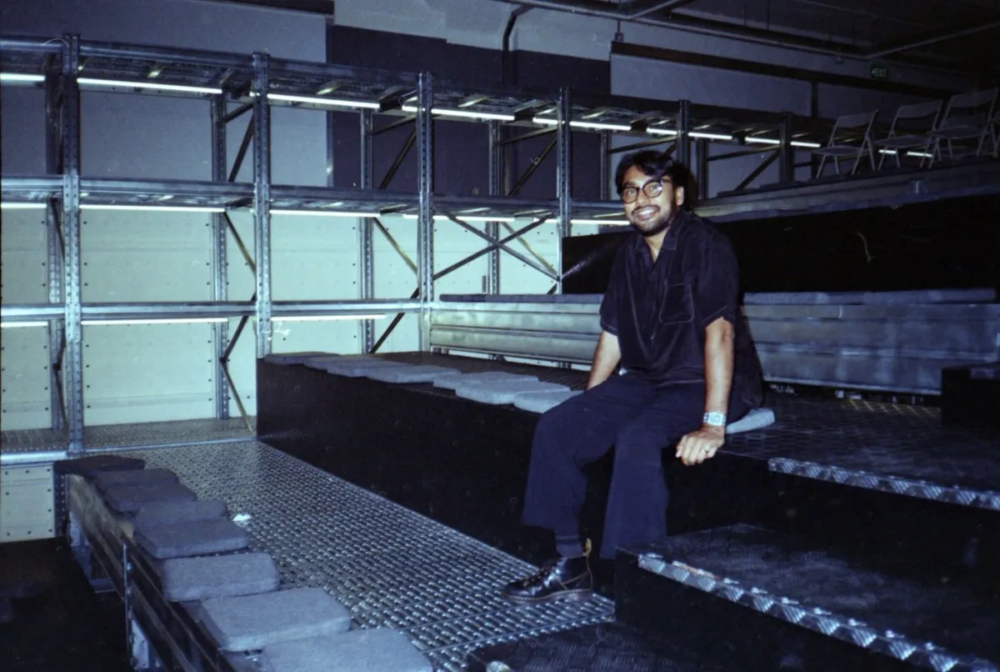
Can Vegans Be Photographers?
“Commercial photography is not vegan-friendly, but, there is a movement among artists seeking sustainable alternatives in photographic processes,” – interview with writer, filmmaker and curator Boaz Levin
Since its inception, photography has depended on the extraction and use of natural and animal resources
The history of photography is intertwined with various materials such as copper, silver, coal, and paper. These elements have contributed to the evolution of the photographic process and to achieving global production levels, but not without environmental consequences.
Lampoon interviews Boaz Levin, a Berlin-based writer, filmmaker, and one of the curators involved in exploring the relationship between photography and ecological impact. He states, “The awareness emerged that despite photography being intrinsically linked to the extraction and trade of natural resources, this aspect had never been integrated into the narrative about the photographic medium until now. Considering climate change the most urgent challenge of our time, it seemed important to participate in this conversation. My research on this topic had begun a few years ago. I have always found it fascinating how photography shapes our perception of the world around us. This leads me to wonder: if we explored how photography physically shaped our environment, what could history teach us about the medium and how we use it to view the world?”
Impact of photography on the environment
The emergence of photography coincided with an event historians refer to as the “Great Acceleration,” during which human impact on our planet and other planetary systems reached unprecedented levels, particularly through carbon emissions. Yet, this connection in the history of photography is seldom mentioned. The narrative surrounding photography is not solely an exaltation of the final product or art form; it reveals its industrial and material history.
“I found it important to tell a story of photography that showcases aspects we often take for granted when looking at images: the labor required for its production, the materials it demands, and the waste it generates,” explains Levin. “The intent is not to blame photography for climate change but to consider what has been left out of the frame when we look at a photograph, and what this oversight can teach us about our relationship with the environment. It positions the emergence of the photographic medium within its historical and social context through an exploration of its materials.”
Daguerre: The Father of Photography
The history of photography is widely known. French painter Louis Daguerre (1787-1851) discovered the first photographic film in 1839: a silver-plated copper plate treated with liquid iodine that captured images when exposed to light. This process led to the creation of the daguerreotype. The minerals used, silver and copper, were collected forty years earlier by German explorer Alexander Von Humboldt (1769-1859) during his research journeys in South and Central America. Humboldt was the first to question the extent to which human activity was influencing the climate in his publications.
While Daguerre developed his method, which was not user-friendly for photographers, English archaeologist William Henry Fox Talbot (1800-1877) began producing images on a paper base coated with silver iodide. This calotype method was closer to the concept of film, generating a negative from which multiple copies could be made.
“The narrative of photography can be divided into key chapters, each dedicated to specific materials essential to its history. Historically, paper was preferred for photographic printing over other materials—like the silver-plated copper used in daguerreotypes—due to its availability and affordability, albeit at a cost.”
Photographic Paper and Its Coatings: Cotton, Pulp, Gelatin, and Celluloid
Various ingredients used in producing photographic paper showcase how their manufacture depended on the labor of marginalized groups: slaves and later sharecroppers growing cotton in America, the urban poor, and women and children working as rag collectors. Later, factory workers were forced to labor in dark conditions, heavily exposed to the chemicals used in cellulose film production.
The growing demand for photographic materials necessitated finding alternatives to cotton. In Germany, cellulose was refined from wood pulp by boiling it in sulfuric acid to separate the fibers, similar to how fabric rags were processed.

Animal-Derived Gelatin in Photography
Animal-derived products have significantly contributed to photographic production, often overlooked. From eggs used for coatings to albumen and gelatin (a protein derived from collagen by boiling animal skins, ligaments, tendons, and bones), gelatin has become one of the most critical components in photographic production. The use of these materials coincided with the rise of industrial slaughterhouses in the late 19th century. It is said that a single paper producer in Dresden used six million eggs per year to create albumen coatings.
After gelatin became a photosensitive coating for both cellulose and paper, photographic industries began establishing their own gelatin factories. Until 1999, Kodak processed over thirty million kilograms of cow bones annually. The brutal reality of this industrialized meat production—integral to analog photography and many everyday products—remains hidden from public view, as documented in the visceral details of Austrian-Jewish photographer Madame d’Ora’s series on slaughterhouses, created during World War II and the Holocaust.
Between 1949 and 1953, she documented two Parisian slaughterhouses, marking the onset of industrial meat production in France governed by capitalist empires. The 19th-century growth of the livestock industry contributed significantly to the dramatic increase in carbon emissions. Today, intensive farming in Europe and North America remains one of the leading causes of greenhouse gas emissions, surpassing even those from transportation.
Photography, Capitalism, and the Environmental Crisis
Identifying a moment when photography began to intertwine with environmental change is challenging: “The processing of film emerged alongside the rise of capitalist global ecology and is entirely dependent on resource extraction on a global scale. I wouldn’t describe this as solely an ethical issue (i.e., a matter of human behavior). Part of what the discussion seeks to convey is that climate change is a byproduct of capitalism, and photography is not exempt from this.”
Levin continues, “Historically, the choice of fossil fuels—first discovered by Nicéphore Niépce (1765-1833), who used bitumen (a natural form of crude oil) in photography—over hydroelectric power was due to the former’s mobility as an energy resource granting more influence to capitalists. Today, about 70% of global carbon emissions can be attributed to just 100 companies. Therefore, while it is essential to be mindful of our behaviors and habits, climate change should not be reduced to an issue of personal responsibility. It is crucial to view it systematically and historically and to understand that the responsibility for these processes is inequitably distributed. Thus, the fight against climate change must also involve a struggle for a more equitable redistribution of political power that accounts for this.”
Vegan and Climate-Friendly Alternatives
“Commercial photography is not vegan-friendly. However, there is a growing movement among artists seeking sustainable alternatives in photographic processes, such as the network of darkrooms in the UK and similar initiatives in Germany.” Whether traditional film photography or printing on photographic paper, the use of gelatin renders these processes “unsuitable” for vegans. Although gelatin has been deemed irreplaceable for its properties as a membrane for silver crystals and binding agent, some vegan experiments have been conducted using polyvinyl alcohol, for example.
A successful experiment was conducted by Austrian photographer and filmmaker Josephine Ahnelt and Dutch director Esther Urlus in 2019, producing Vegan Analogue Film, a vegan 16mm film inspired by experiments made by Ilford with polyvinyl alcohol, formulated by another film-producing company, GAF (General Aniline & Film), using a 15% solution.
The wet plate collodion process has also emerged as a viable alternative, as it does not require the use of film but rather a glass plate that is sensitive and can produce an indefinitely reproducible negative.
Photographing Without Film
Despite being closely linked to tradition, the absence of any film to produce images is still quite common. The exploration of alternative methods includes works that showcase the potential of using expired photographic paper, for example. One American photographer, Alison Rossiter, has been collecting packs of antique photographic paper (from the late 1800s to the late 1900s) since 2007, producing images through effects of oxidation, light infiltration, and physical damage on still-sensitive paper.
Brothers François and Daniel Cartier exhibit a work titled Wait and See, installing expired photographic papers from 1890 to 2000 that still respond to light and change throughout the duration of the display. Their works serve as a provocation against the mountains of images created in the world without accounting for the environmental effects of their production and archiving.
Digital Photography: Veganism and Climate Change
Digital photography can be viewed as a process that does not harm animals, although one must overlook the consumption of natural resources generated by the production and archiving of images. In 2008, digital technologies used in data transmission, reception, and processing (ICT) contributed 2% to global CO2 emissions. By 2020, this figure rose to 3.7% and is projected to reach 8.5% by 2025.
“This is the subject of the last chapter of the narrative examining the materiality of digital images, their dependence on vast amounts of energy, rare earth metals, and conflict metals, and the ever-increasing waste they produce. This is, of course, dependent on the low-cost labor working under terrible conditions.”
So, while digital photography can be considered a valid alternative for vegans, it still poses challenges concerning climate change. Taking photographs that address the negative aspects of the photographic industry or organizing an exhibition with these images may seem contradictory, but it increasingly raises necessary awareness about these issues.
We Must Examine the Photography of Our Reality
“There is a growing awareness of these challenges within the photographic community. The ambivalence emphasized is not exclusive to photography; this type of contradiction reflects our broader daily reality. The website you are reading this on is likely powered by fossil fuels, and the laptop or phone you are using contains dozens of elements, many of which may come from conflict regions. A first step is recognizing the systemic nature of this problem. For image creators, it is crucial to realize that an image cannot be reduced to its final product or pictorial representation. A whole range of processes, involving people and animals, are necessary for an image to take shape, and this should inform our understanding of what we ultimately see”.
Claudia Bigongiari








